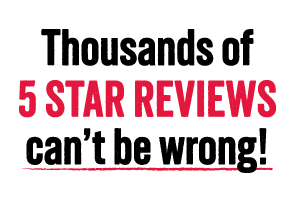404 ERROR | PAGE NOT FOUND
We recently redesigned our website, replacing many of our pages, updating information and making it more convenient for you to find what you are looking for. It seems that the page you are looking for is one that has been replaced, moved or disabled.
Please visit our new Home Page or you will be automatically redirected.

